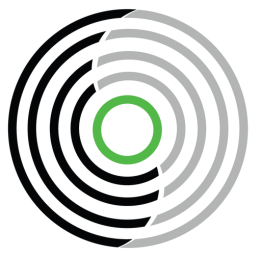While this may have been presented to you in a highly complex way in the past, our goal is to show the value in simple mechanics so that you understand the why behind the how.
Knowing how your body moves is the first step in being more efficient and getting the fitness results you want in a shorter amount of time.
When we provide you with easy explanations of complex concepts our practice succeeds in staying with you even when you are not at the gym. We don’t only want to teach you how to move, but we want to show you why. This month’s newsletter is going to explain basic movement concepts to give you some tools to start moving smarter today.
We have three main motion types that we use at our practice: linear motion, rotational motion and curvilinear motion. Each motion type uses different muscles, joints and tendons thus each movement type is more commonly used with specific sports and actions. Each motion type is not used singularly rather a combination of all these motion types provides symmetry and balance in our movements both in training and in everyday life.
Linear motion
Rotational motion
Rotational motion is categorized as having movements that are “side to side” and involve a joint rotation. Instead of focusing on moving the body in straight lines this movement type focuses on rotating over the joint’s own axis.A common injury that is caused by this kind of motion includes tendinitis from overuse in different parts of the body. The specific injury depends on the motion, which means that injuries differ from person to person depending on their activities. For example, swimmers suffer of shoulder tendinitis caused by overuse due to the high volume of rotational movements in the various swimming strokes.
Some examples of rotational movements in your day-to-day life include head rotation and wrist rotation to look at your watch or cell phone. In sports, however, this type of movement is more common. Sports such as swimming, running, and even playing soccer include this kind of motion. Think of it as the rotation over a joint without the intention of displacing the line the body forms when straight. For example, when you are swimming you clearly see a hip rotation when the swimmer is using one arm over the other to move forward.
Curvilinear motion:
Curvilinear motion is a combination of linear and rotational. It includes movements that are more complex and commonly used by all of us. This kind of movement is based on rotational movements that create a linear movement to look for a further movement. For example, when you walk your legs are making a linear movement, but the source of the movement, which are your hips, are constantly rotating over their own axis.Common injuries of this motion include tendinitis, extremely contracted movements, and even body compensations, which can lead to more serious injuries.
Some specific examples to better understand this kind of movement in sports are using a golf stick, dancing, swimming, or even throwing a baseball ball.
Then, how can you remember and apply all this?
Follow the steps on the list for at least one activity per day and by the end of one month you will be a new person.
- Identify the movement you are performing and watch your posture.
- Think about common injuries of this movement: Why are they caused? How could you prevent them?
- Visualize the efficient and proper movement (Always keep alignment)
- Change your habits: Create a routine that will correct the mistakes o the movement you are performing.
To learn more about the science of movement & start making every movement count visit us at www.spiralsinmotion.com or call us at 917 392 4678.
Thanks for reading!


